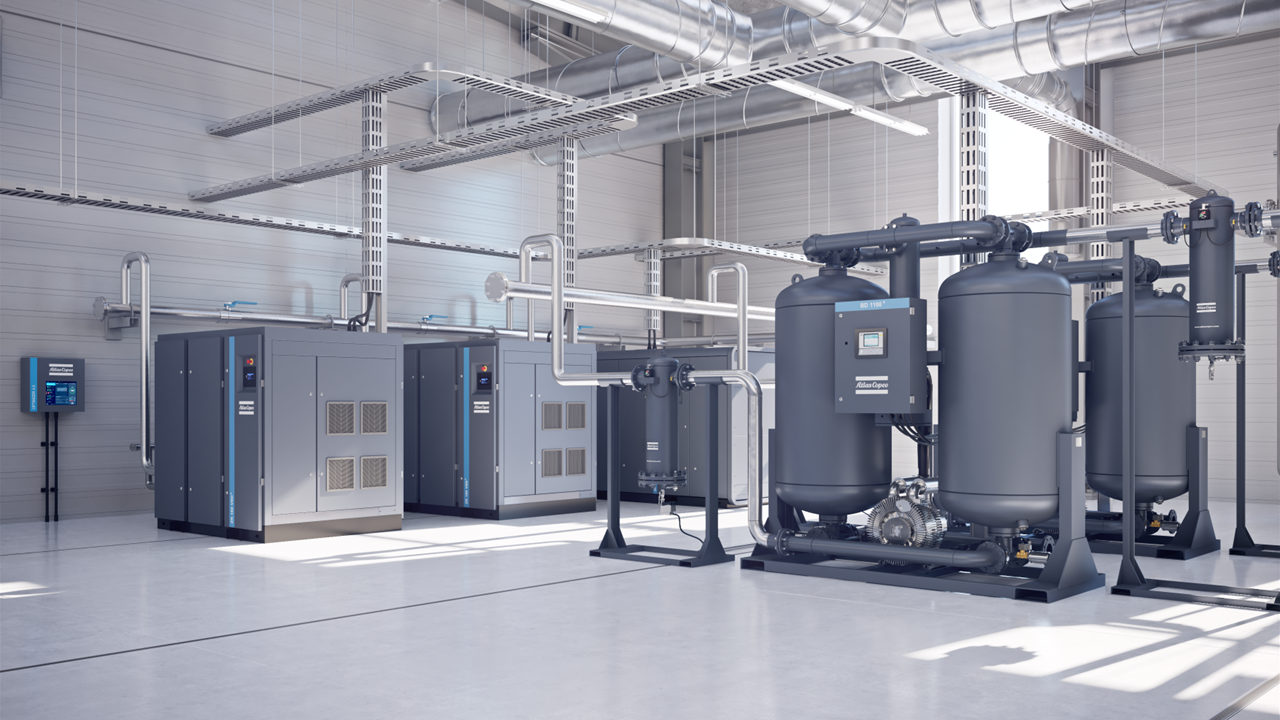Atlas Copco has pioneered oil-free air technology for over 60 years. Through continuous research and development, we have become the benchmark for air purity and were the first manufacturer to be awarded ISO 8573-1 Class 0 certification. Today, we offer the largest range of oil-free air compressors and blowers in the industry.
Air Quality
Things to avoid in compressed air
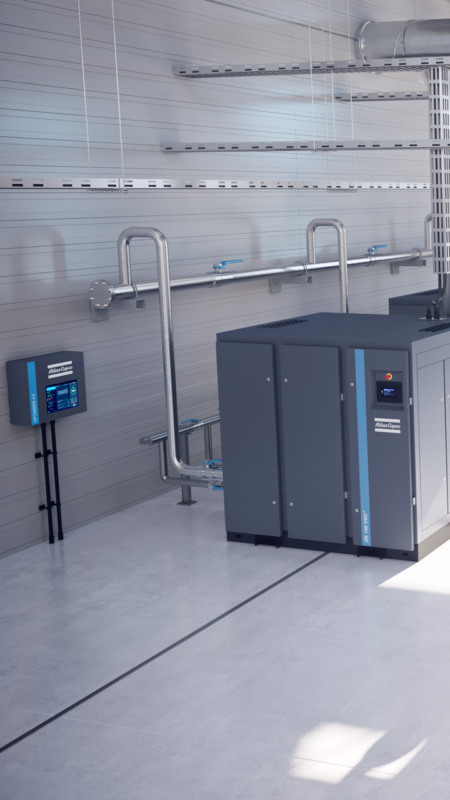
Oil particles entering the compressed air system can create product contamination and damage your end products. With our oil-free products and filtration solutions we can deliver Class-0 air for industries like Food & beverage, Medical & health care, Textiles, Chemical,…
Oil
1Oil particles entering the compressed air system can create product contamination and damage your end products. With our oil-free products and filtration solutions we can deliver Class-0 air for industries like Food & beverage, Medical & health care, Textiles, Chemical,…
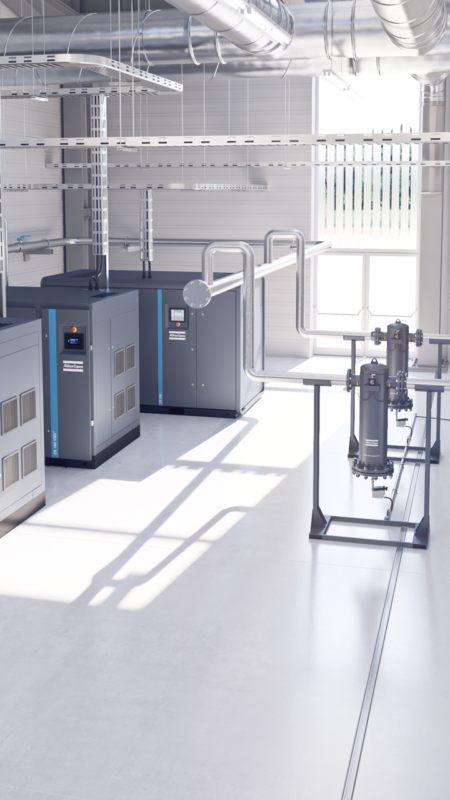
Dust in your compressed air creates extra friction,
which leads to extra wear & tear in e.g. pneumatics. Our wide range of filtration solutions can remove all levels of dust in your system.
Dust
2Dust in your compressed air creates extra friction,
which leads to extra wear & tear in e.g. pneumatics. Our wide range of filtration solutions can remove all levels of dust in your system.
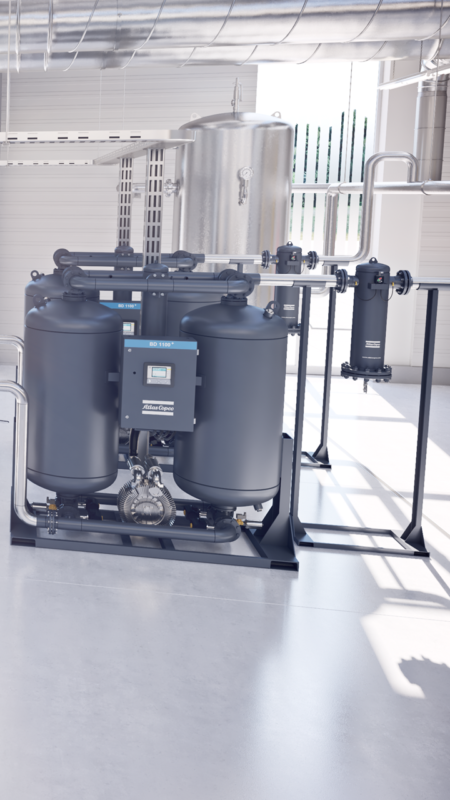
Water in compressed air creates corrosion, rust and can damage your end product. We have Twin, Desiccant and Rotary drum dryers to remove any level of water in your air.
Water
3Water in compressed air creates corrosion, rust and can damage your end product. We have Twin, Desiccant and Rotary drum dryers to remove any level of water in your air.
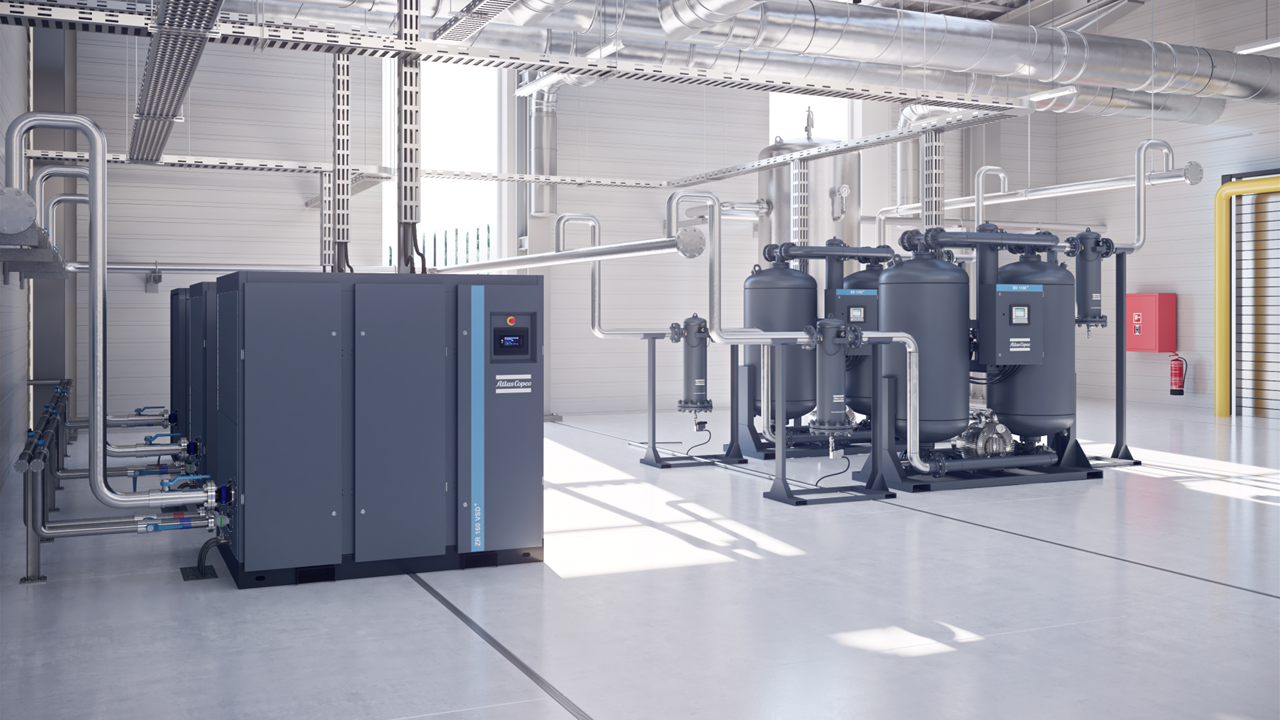
Which Air Quality do you require?
CLASS 0 = As specified by the equipment user or supplier and more stringent than class 1:
CLASS 1 = < 0.01
CLASS 2 = < 0.0
CLASS 3 = < 1
CLASS 4 = < 5
Current ISO 8573-1 (2010) classes (the five main classes and the associated maximum
concentration in total oil content). Concentration total oil (aerosol, liquid, vapor) mg/m³. Contact your local Atlas Copco representative to decide the right air quality for your application needs.
Our air treatment portfolio

Refrigerant dryers are the most common and consist of an air-to-air heat exchanger and an air to- Freon heat exchanger. They are used to avoid free water and corrosion in the system. A relative humidity of below 50% is enough to achieve this. Refrigerant dryers are available in a water-& aircooled
variants.
Refrigerant dryer
1Refrigerant dryers are the most common and consist of an air-to-air heat exchanger and an air to- Freon heat exchanger. They are used to avoid free water and corrosion in the system. A relative humidity of below 50% is enough to achieve this. Refrigerant dryers are available in a water-& aircooled
variants.
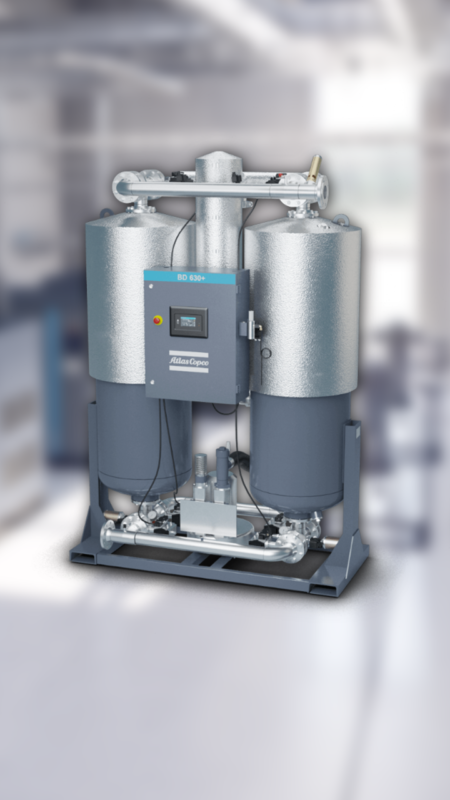
Adsorption dryers are used when the compressed air application requires a pressure dew point below 0°C. In most cases, the dryers consist of two pressure vessels next to each other. Both vessels are filled with desiccant. When one vessel is removing moisture, the other is regenerating and vice versa.
Dessicant dryer
2Adsorption dryers are used when the compressed air application requires a pressure dew point below 0°C. In most cases, the dryers consist of two pressure vessels next to each other. Both vessels are filled with desiccant. When one vessel is removing moisture, the other is regenerating and vice versa.

Another variant is the rotary drum adsorption dryer. It exists of one vessel with a drum. This drum is a honeycomb structure on which the adsorption material is impregnated. ¾ of the drum is used to dry the compressed air, while the other quarter is used for regeneration. The regeneration is done with hot compressed air.
Rotary Drum Dryer
3Another variant is the rotary drum adsorption dryer. It exists of one vessel with a drum. This drum is a honeycomb structure on which the adsorption material is impregnated. ¾ of the drum is used to dry the compressed air, while the other quarter is used for regeneration. The regeneration is done with hot compressed air.
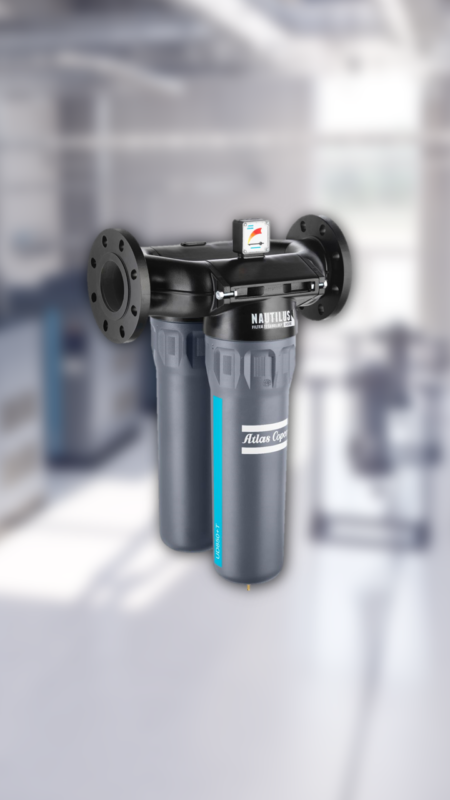
We offer a wide selection of filtration solutions for compressed air with different filter types and grades to remove any dust or oil from your compressed air system.
Filters
4We offer a wide selection of filtration solutions for compressed air with different filter types and grades to remove any dust or oil from your compressed air system.
